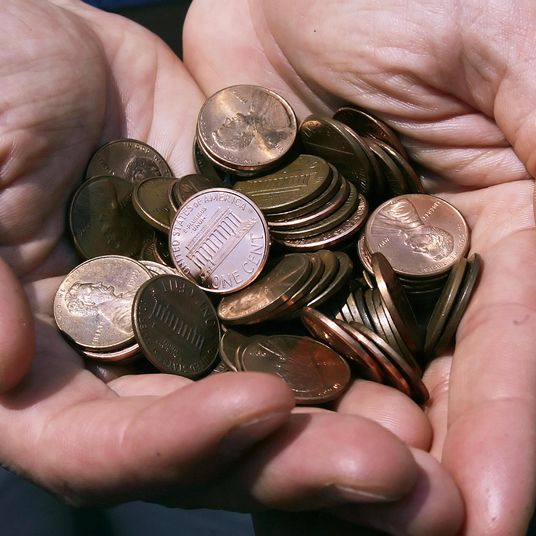
If you’re someone who wants to have the best iPhone available, you may find yourself needing to play the waiting game this cycle.
A quick refresher if you don’t keep up with the iPhone-rumor-industrial complex: Apple will be releasing one more phone than usual this fall. There will be the traditional upgrades in the form of the iPhone 7s and iPhone 7s Plus, which will be iterative updates to the current models — they’ll look and feel a lot like their current counterparts, but faster and with better battery life. The wild card is the iPhone 8 (or as some speculate it will be called, in honor of the tenth anniversary of the iPhone, the iPhone X).
The iPhone 8 will likely, like the Samsung Galaxy S8 and the LG G6, do away with bezels as much as possible (and possibly have no visible bezel at all), meaning the phone may be the size of a smaller iPhone 7, but have an inch or more of screen space. It’ll also upgrade to an OLED screen, which produces a much brighter and poppier image than the LCD screens Apple has been using. The home button and fingerprint scanner will still exist, but may just be virtual buttons at the bottom of the screen. There will be some sort of tech that allows the phone to sense 3-D space around it, opening up the iPhone 8 to all sorts of possibilities, from simple facial recognition to full-blown augmented reality (and Apple has been hiring a lot of augmented-reality experts in the past year). Oh, yeah, and it may cost $1,000 and ditch the Lightning cable.
But all this new tech may be slowing down Apple and its manufacturing partners. KGI’s Ming-Chi Kuo, who has one of the best batting averages around when it comes to predicting what Apple will end up doing with the iPhone, says that it may be October or November before the iPhone 8 enters mass production. Usually, new iPhones enter mass production in July, in order for Apple to have enough stock on hand to start selling in late September or early October — and even then, there’s almost always shortages of new phones for months for those who don’t preorder immediately. This push could mean that early 2018 would be the soonest that most (or maybe all) consumers could buy the latest and greatest iPhone.
Problem areas abound. The custom OLED panel has been difficult. The new, smaller A11 chip is also reportedly having issues. Apple is having trouble keeping the fingerprint scanner on the front of the phone, and may move that to the back of the phone. Meanwhile, the 3-D-sensing technology is also lagging behind.
Per KGI, the iPhone 7s and iPhone 7s Plus will launch in late September or early October — but if there’s the promise of the iPhone 8 just a few months down the road, it’s easy to imagine many Apple fans deciding to wait it out. Why shell out on the newest iPhone when you know it’s going to be out-of-date within months?





























